Application of Robotics, Machine Learning and Artificial Intelligence Technologies to Site Remediation
Archived: Monday, June 6, 2022
Sponsored by: Federal Remediation Technologies Roundtable (FRTR)
The FRTR Spring 2022 Meeting will explore advances in applying artificial intelligence technologies to site cleanup. Artificial intelligence technologies are beginning to transform how people and machines work together. Robotics and unmanned systems provide opportunities to access dangerous or toxic environments, and improve worker safety. Advances in machine learning are making it possible to process and analyze large data sets in new ways to support remediation decisions. Specific objectives are
- Review recent technology advances supporting site characterization and remediation.
- Identify potential benefits, risks and limits of robotics and unmanned aerial systems to support site characterization and remediation.
- Discuss appropriate use of machine learning and artificial intelligence to support remediation decisions.
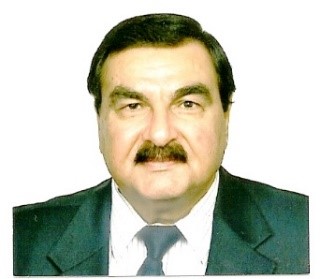 Boby Abu-Eid, Division of Decommissioning, Uranium Recovery, and Waste Programs, Office of Nuclear Material Safety and Safeguards, U.S. Nuclear Regulatory Commission (boby.abu-eid@nrc.gov or 301-415-5811)
Boby Abu-Eid, Division of Decommissioning, Uranium Recovery, and Waste Programs, Office of Nuclear Material Safety and Safeguards, U.S. Nuclear Regulatory Commission (boby.abu-eid@nrc.gov or 301-415-5811)
Dr. Eid is a Senior Level (SLS) Advisor at the US NRC. He provides high level advice on technical and policy issues involving decommissioning, uranium recovery, low-level waste, and environmental protection. He is a member of the Multi-Agency Radiation Survey and Site Investigation Manual (MARSSIM) workgroup and NRC's lead representative on Multi-Agency Radiological Laboratory Analytical Protocols (MARLAP). Before joining the NRC, Dr. Eid conducted research and/or taught at: MIT, University of Bonn, Kuwait Institute for Scientific Research, and Carnegie Institution of Washington. In his present position, Dr. Eid's key activities involve technical/policy analysis; risk analysis and safety reviews, development of models/codes for decommissioning and waste management, new technology developments, and development of multi-agency guidance and protocols. He was a key contributor to assessment and development of NRC regulations and guidance for cleanup and decommissioning for license termination and site release. He holds a Ph.D. from MIT. He is a recipient of NRC's meritorious service award and on the advisory board of national and international conferences.
Martin Briggs, Ph.D., U.S. Geological Survey (mbriggs@usgs.gov)
Dr. Martin Briggs is a Research Hydrologist with the USGS Water Mission Area, Hydrologic Remote Sensing Branch. Although his specialty is the study of surface water/groundwater exchange processes, he also works on a wide range of national hydrological issues from permafrost change to coastal salt water intrusion. He supports USGS Water Science Centers when hydrogeophysical tools and training are required, and collaborates with several academic institutions on novel research and methods development.
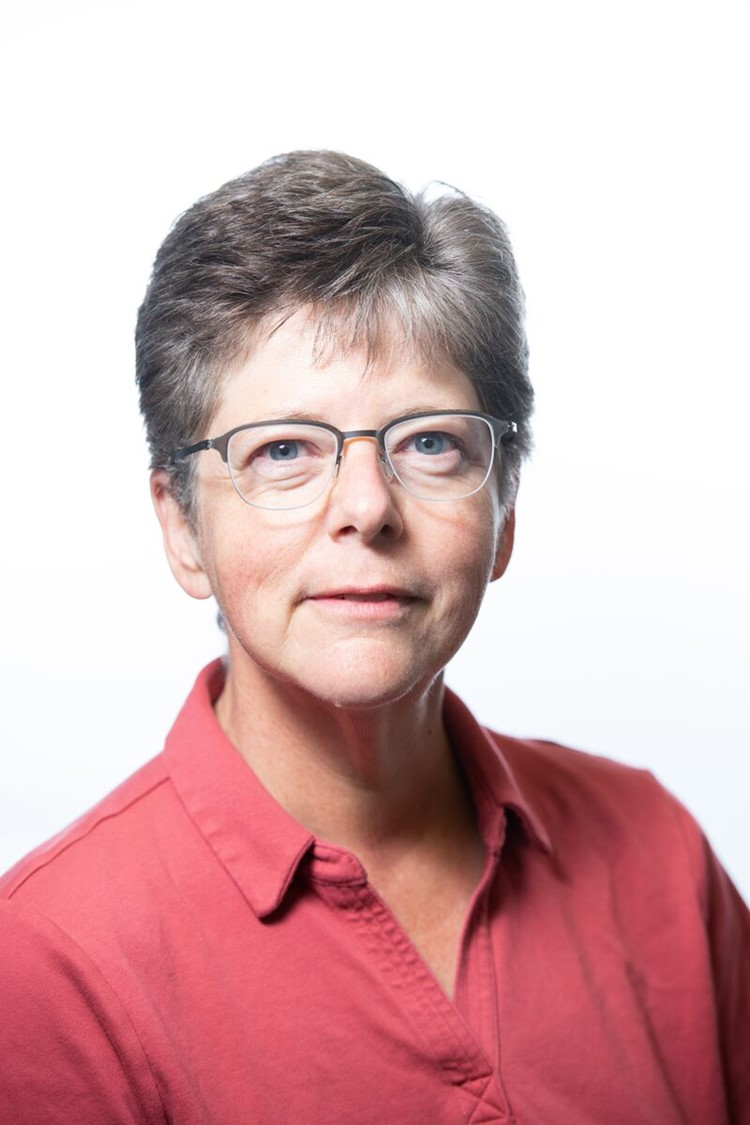 Amoret Bunn, Pacific Northwest National Laboratory (amoret.bunn@pnnl.gov)
Amoret Bunn, Pacific Northwest National Laboratory (amoret.bunn@pnnl.gov)
Amoret Bunn is an environmental engineer with Pacific Northwest National Laboratory for the last 25 years. Her interests include environmental sampling and design, with novel systems of great interest. Evaluating drones (UAVs) as a new platform (for me) to collect environmental data has been challenging and engaging in adapting existing guidance for continuous scanning data collection.
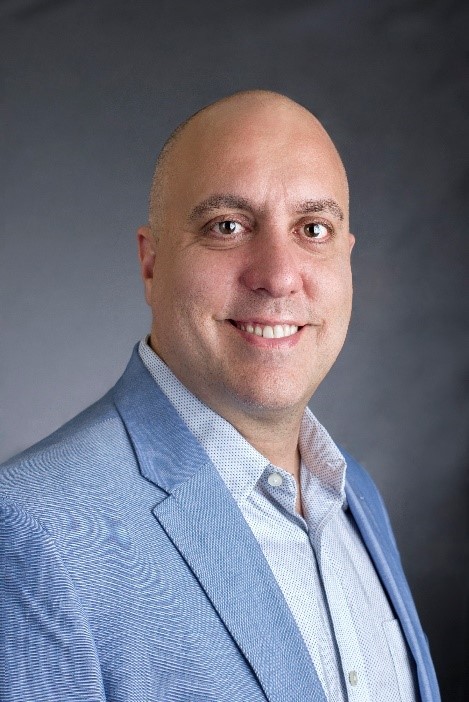 Anthony Abrahao, Florida International University (anthony.abrahao@fiu.edu)
Anthony Abrahao, Florida International University (anthony.abrahao@fiu.edu)
Mr. Anthony Abrahao is a Research Scientist at the Florida International University's Applied Research Center in Miami; where he manages the Applied Robotics Laboratory overseeing, mentoring, and collaborating on several projects funded by DOE-EM, DOE-NETL, DOT, and NSF, including the development of:
- robotic crawlers and inspection tools for pits, pipelines, boilers, single and double-shell radioactive waste tanks,
- autonomous mobile platform for long term surveillance of nuclear facilities and repositories,
- erosion and subsurface mapping of waste disposal cells,
- aerial unmanned vehicles (UAVs) for nondestructive evaluation of post-tension cable corrosion in concrete bridges,
- autonomous repair of concrete structures using ultra-high-performance shotcrete and dexterous manipulators, and
- 3D printing of bridge components using ultra-high-performance concrete.
Before joining FIU, Mr. Abrahao had broad industry experience designing mechatronics and fluid-thermal systems.
He received his bachelor’s and master’s degrees in Mechanical Engineering from the Federal University of Uberlandia in Brazil.
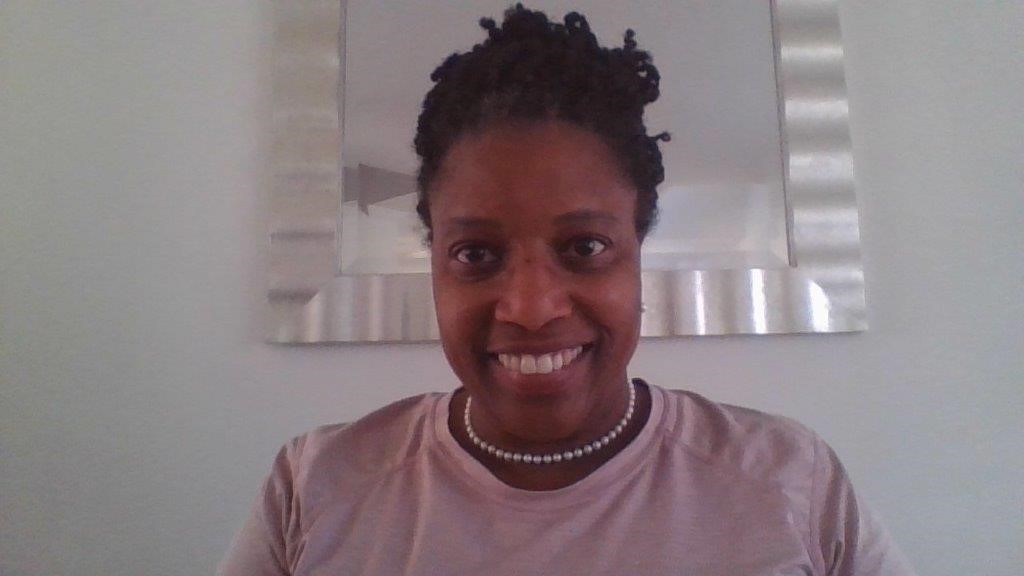 Stephanie Bush-Goddard, Ph.D., Nuclear Regulatory Commission (stephanie.bush-goddard@nrc.gov)
Stephanie Bush-Goddard, Ph.D., Nuclear Regulatory Commission (stephanie.bush-goddard@nrc.gov)
Dr. Stephanie Bush-Goddard is a Senior Researcher in the Office of Nuclear Regulatory Research at the United States Nuclear Regulatory Commission. She provides leadership and project management to the Radiation Protection Computer Code Analysis and Maintenance Program and she leads advanced reactor and future focused research activities.
Stephanie has held numerous leadership positions at the agency including Chief of the Radiation Protection Branch, Senior Health Physicist and Nuclear Engineer. She is a graduate of the Leadership Development Program at the NRC and received numerous performance awards, including the prestigious Meritorious Service Award.
Stephanie has a Bachelor of Science degree in Mechanical Engineering and holds a Master and Ph. D. in Environmental Health Science with a minor in Health Physics. She was an Adjunct Assistant Professor at the University of Maryland and is a recipient of graduate level fellowships.
She has more than thirty plus years of professional and educational experience in the materials, waste, security, and reactor arenas that include a wide range of radiation protection and regulatory framework issues, and performance assessment methods.
Carol Eddy-Dilek, Savannah River National Laboratory (carol.eddy-dilek@srnl.doe.gov)
Carol Eddy-Dilek is a Senior Technical Advisor at the Department of Energy Savannah River National Laboratory. For the past 25 years, she has worked on a variety of programs focused on development and deployment of innovative approaches and tools for environmental characterization and remediation, specifically, the design and optimization of phased characterization strategies that can be applied to complex and challenging environments. Her efforts resulted in the successful development or deployment of over twenty innovative methods for subsurface access and characterization that have been successfully applied within the DOE complex. Since 2002, she has been the technical lead for the Department of Energy's Technical Assistance program at the Savannah River National Laboratory that provides technical support to the DOE complex. Since 2006, more than 25 teams that have visited eleven DOE sites and made recommendations yielding an estimated cost savings to EM of over $100M. In 2019, she led the effort to expand the access to EM technical expertise to the Office of Legacy Management.
Currently, she is the lead for the DOE EM multi-lab ALTEMIS project focused on development of a new paradigm of long-term monitoring of environmental waste site based on state-of-art technologies – in situ groundwater sensors, geophysics, drone/satellite-based remote sensing, reactive transport modeling, and AI – that will improve effectiveness and robustness, while reducing the overall cost. In particular, the project is focused on (1) spatially integrative technologies for monitoring system vulnerabilities – surface cap systems and groundwater/surface water interfaces, and (2) in situ monitoring technologies for monitoring master variables that control or are associated with contaminant plume mobility and direction. This system transforms the monitoring paradigm from reactive monitoring – respond after plume anomalies are detected – to proactive monitoring – detect the changes associated with the plume mobility before concentration anomalies occur.
Thomas Danielson, Ph.D., Savannah River National Laboratory (thomas.danielson@srnl.doe.gov)
Dr. Thomas Danielson received his PhD in Materials Science and Engineering from Virginia Tech in the spring of 2016 and has undergraduate degrees in physics and mathematics. Thomas joined the Savannah River National Laboratory in September of 2016 and is currently in the Environmental Sciences and Dosimetry group. Dr. Danielson has played a key role in developing and executing deterministic groundwater contaminant transport models for various activities at the Savannah River Site, including performance assessment at the E-Area Low Level Waste Facility and deactivation and decommissioning of the 235-F facility. In the Spring of 2020, Dr. Danielson joined the ALTEMIS (Advanced Long-Term Environmental Monitoring Systems) team, which seeks to establish a new paradigm for long term monitoring by leveraging advanced data analytics and machine learning techniques. In addition to site cleanup activities, Dr. Danielson is developing and applying machine learning models in the areas of meteorological forecasting and proliferation event detection.
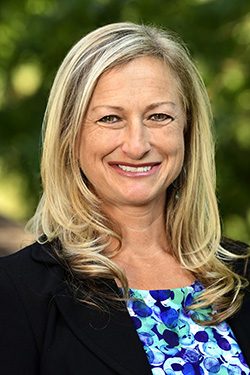 Heather F. Henry, Ph.D., Program Administrator, NIEHS Superfund Research Program (heather.henry@nih.gov)
Heather F. Henry, Ph.D., Program Administrator, NIEHS Superfund Research Program (heather.henry@nih.gov)
Heather Henry, Ph.D., is a health science administrator for the NIEHS where she oversees Superfund Research Program (SRP) grants that spans human health toxicology, risk assessment, detection technologies and remediation approaches. She provides guidance to potential applicants for SRP’s Multiproject Center Grants (P42s), Individual Research Grants (R01s), Small
Business / Technology Transfer Grants (R41-44; SBIR/STTR), and Conference Grants (R13). Heather studied plant-based environmental remediation
(phytoremediation) and ecological restoration as part of her doctoral work at the University of Cincinnati and as a Fulbright Postdoctoral Fellow at the University of Melbourne and University of Adelaide in Australia. She has been with NIEHS since 2006.
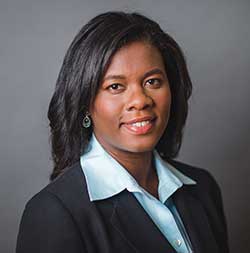 Ramona Iery, Ph.D., Naval Facilities Engineering and Expeditionary Warfare Center (Ramona.iery@navy.mil)
Ramona Iery, Ph.D., Naval Facilities Engineering and Expeditionary Warfare Center (Ramona.iery@navy.mil)
Ramona Iery is a Physical Scientist in the Environmental Restoration Division of the Naval Facilities Engineering and Expeditionary Warfare Center (NAVFAC EXWC). She has more than 10 years' experience in the field of environmental remediation. Her areas of expertise include fate and transport, site characterization, long term monitoring and remediation of contaminants like chlorinated solvents, petroleum hydrocarbons and emerging contaminants such as 1,4-dioxane and PFAS. She has been working with PFAS for the past five years in areas of site characterization, granular activated carbon treatment and regeneration and researching remedial technologies. Dr. Iery has published on PFAS treatment, taught workshops of PFAS, chaired PFAS sessions at conferences and served on the steering committee of the Emerging Contaminants Symposium. She is a member of the ITRC PFAS team.
Jean Pablo Pabon Quinones, Department of Energy (jean.pabon@em.doe.gov)
Jean Pablo (JP) Pabón serves as a Program/Project Manager with the Technology Development Office (TDO) in the U.S. Department of Energy's (DOE) Office of Environmental Management (EM) tasked with pursuing the development of innovative technologies to improve the safety of the EM workforce and complete EM's cleanup mission. Before working at TDO, JP supported the Office of Project and Contract Management in EM, where he provided independent oversight of EM capital assets and operation activities, including activities related to on-site cost, schedule, technical, and the management of reviews for several sites within DOE including Argonne National Lab, Portsmouth, Paducah, Waste Isolation Pilot Plan, Savannah River, MOAB, Mound, SLAC, Lawrence Berkeley National Lab, Energy Technology Engineering Center.
Prior to working at DOE, JP was a graduate student in the Department of Geology at University of Puerto Rico - Mayaguez (UPRM) Campus. His graduate studies focused on geophysics and structural engineering by evaluating geophysics methods to identify the most effective in characterizing karsts' sinkholes, recognizing subsurface areas of high porosity, cavities, conduits and solutionally enlarged fractures in northern Puerto Rico. JP was also a Teacher Assistant for Environmental Geophysics, Engineer Geology, and Optical Crystallography undergraduate courses. Concurrently, he worked as a Geologist/Engineer consultant and supervisor for PIM Engineering Laboratory, a geotechnical engineering consulting company.
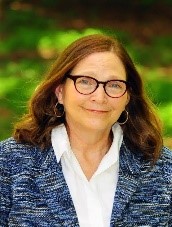 Susan Thorneloe, U.S. Environmental Protection Agency (thorneloe.susan@epa.gov)
Susan Thorneloe, U.S. Environmental Protection Agency (thorneloe.susan@epa.gov)
Susan Thorneloe is a senior chemical engineer with the Center of Environmental Solutions and Emergency Response in RTP, NC. Susan has led many research projects including understanding partitioning of pollutants in the environment from coal ash and other waste materials being considered for beneficial use, land application, and treatment/remediation [i.e., Leaching Environmental Assessment Framework (LEAF)]. Susan pioneered the use of life-cycle assessment methodology for comparing alternatives for waste and materials management to identify options that compare life-cycle environmental tradeoffs and maximize resource and energy recovery from solid waste management. Susan was the initial technical lead for CAA regulations for MSW landfills. Throughout her career, she has been an effective networker helping to leverage EPA funding through work across state, local, federal government, industry, NGOs and others in helping find better solutions for more effective environmental management. Susan is a member of the International Waste Working Group and known internationally for her expertise and technical support.
Himanshu Upadhyay, Ph.D., Florida International University (upadhyay@fiu.edu)
Dr. Himanshu Upadhyay is serving Florida International University's Applied Research Center as Principal Scientist for the past 21 years, overseeing the Artificial Intelligence/Cybersecurity/Enterprise System research group. He is also an adjunct professor in the College of Electrical and Computer Engineering teaching Artificial Intelligence and Cybersecurity courses. He brings more than 30 years of experience in artificial intelligence/machine learning, big data, cybersecurity, information technology, management and engineering to his role, serving as co-principal investigator for multimillion - dollar cybersecurity and artificial intelligence projects for the Department of Defense and Defense Intelligence Agency. He is also responsible for knowledge/waste management, artificial intelligence and big data research projects for the Department of Energy's Office of Environmental Management. He has published multiple papers in the area of cybersecurity, machine learning, deep learning, big data, knowledge / nuclear waste management and service-oriented architecture. His current research focuses on artificial intelligence, machine learning, deep learning, big data, cyber analytics/visualization, cyber forensics, malware analysis and blockchain. He has architected a range of tiered and distributed application system using Microsoft.Net technology to address strategic business needs, managing a team of researchers and scientists building secured enterprise information systems and mentoring undergraduate and graduate students.
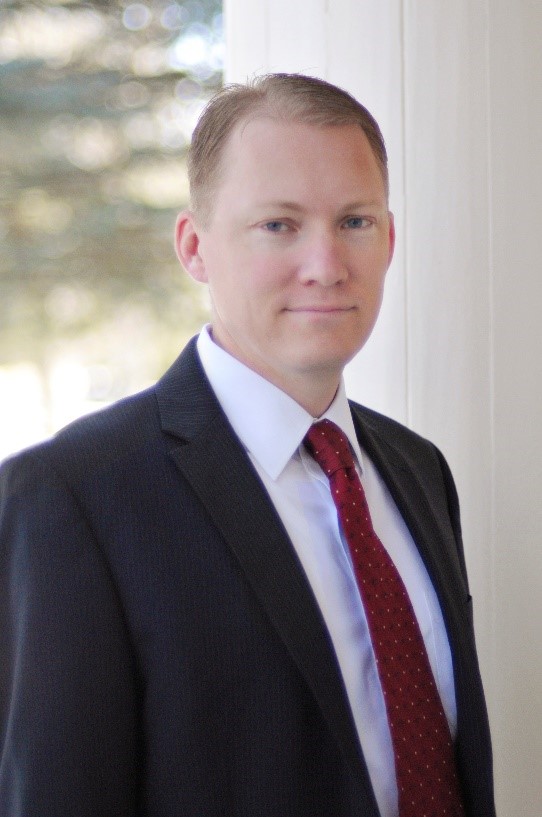 Jason Wheeler, Ph.D., Sandia National Laboratories (jwwheel@sandia.gov)
Jason Wheeler, Ph.D., Sandia National Laboratories (jwwheel@sandia.gov)
Jason Wheeler is a Distinguished R&D Staff Member in the Autonomy and Unmanned Systems group at Sandia National Laboratories. He has a masters degree from MIT and a Ph.D. from Stanford University, both in mechanical engineering. Jason has led or contributed to several government programs related to prosthetics, wearable robotics, manipulation, and controls. He is currently leading the Department of Energy Office of Environmental Management's Wearable Robotics Program to enhance worker safety.
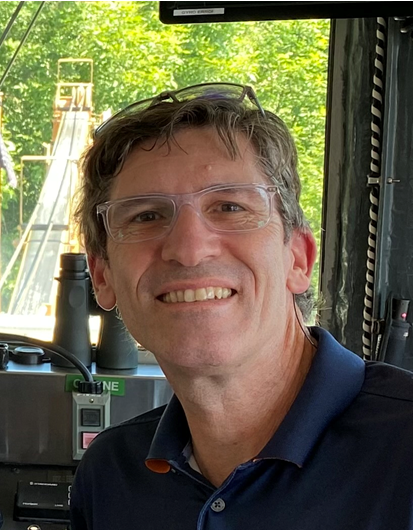 David Williams, EPA Office of Research and Development (Williams.davidj@epa.gov or 919-541-2573)
David Williams, EPA Office of Research and Development (Williams.davidj@epa.gov or 919-541-2573)
David Williams is a research scientist with the EPA ORD Center for Environmental Measurement and Modeling (CEMM). He has been working on characterizing and mapping contaminates at Superfund sites and other areas of concern for over 25 years using ground-based, airborne, and satellite imaging systems.
Moderators:
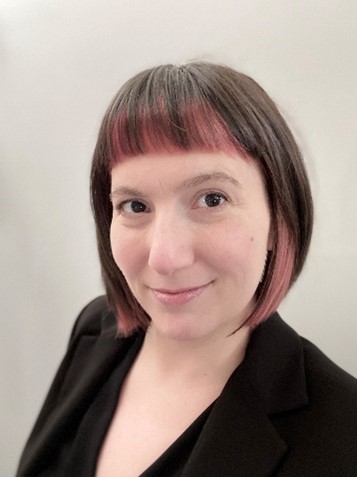 Cindy Frickle, U.S. EPA Office of Superfund Remediation and Technology Innovation (frickle.cynthia@epa.gov or 202-566-0927)
Cindy Frickle, U.S. EPA Office of Superfund Remediation and Technology Innovation (frickle.cynthia@epa.gov or 202-566-0927)
Cindy Frickle is a physical scientist with EPA's Superfund program where she reviews and propagates technical information to site cleanup professionals through Clu-In, EPA forums, and interagency channels. Prior to joining EPA, she spent time characterizing contaminated sites, coring sediments, studying microbes, and teaching. She completed her Biogeology MS and Geology BS in the University of Minnesota's School of Earth Sciences.
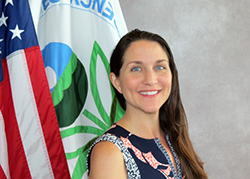 Jean Balent, U.S. EPA Technology Innovation and Field Services Division (balent.jean@epa.gov or 202-566-0832)
Jean Balent, U.S. EPA Technology Innovation and Field Services Division (balent.jean@epa.gov or 202-566-0832)
Ms Balent is on the staff of the EPA's Technology Innovation and Field Services Division where she has worked to collect and disseminate hazardous waste remediation and characterization information since 2003. Ms Balent manages the Clean Up Information Network website and actively supports online communication and collaboration resources available to EPA. She formerly worked with the US Army Corps of Engineers Environmental Engineering Division in the Buffalo District. Ms Balent was also a member of the SUNY-Buffalo Groundwater Research Group where she constructed and tested large scale models of groundwater flow. Ms Balent has also conducted research relating to the Great Lakes, environmental remediation, and brownfields re-development. She holds a Bachelor's degree in environmental engineering from SUNY-Buffalo and a Master's degree in Information Technology from AIU.
June 6th Session Slides
- Slide Presentation for Kent Glover; FRTR Steering Committee Chair, AFCEC
- Slide Presentation for Anthony Abrahao, FIU
- Slide Presentation for Boby Abu-Eid, Stephanie Bush-Goddard and Amoret Bunn
- Slide Presentation for Jason Wheeler, Ph.D.; Sandia National Laboratories
- Slide FRTR announcements June 2022 combined
- Slide Presentation for Ramona Iery, Ph.D; NAVFAC (must have media enabled)
- Slide Presentation for Susan Thorneloe, U.S. EPA
- Slide Presentation for Anthony Abrahao; FIU
June 13th Session Slides
- Slide Presentation for Kent Glover; FRTR Steering Committee Chair, AFCEC
- Slide Presentation for Carol Eddy-Dilek; Savannah River National Laboratory
- Slide Presentation for Thomas Danielson, Ph.D.; Savannah River National Laboratory
- Slide Presentation for Himanshu Upadhyay, Ph.D.; FIU
- Slide FRTR announcements June 2022 combined
- Slide Presentation for David Williams; U.S. EPA Office Research and Development
- Slide Presentation for Heather Henry, Ph.D; SRP, NIEHS
Webinar Slides and References:
June 6th Session Slides
- Slide Presentation for Kent Glover; FRTR Steering Committee Chair, AFCEC
- Slide Presentation for Anthony Abrahao, FIU
- Slide Presentation for Boby Abu-Eid, Stephanie Bush-Goddard and Amoret Bunn
- Slide Presentation for Jason Wheeler, Ph.D.; Sandia National Laboratories
- Slide FRTR announcements June 2022 combined
- Slide Presentation for Ramona Iery, Ph.D; NAVFAC (must have media enabled)
- Slide Presentation for Susan Thorneloe, U.S. EPA
- Slide Presentation for Anthony Abrahao; FIU
June 13th Session Slides
- Slide Presentation for Kent Glover; FRTR Steering Committee Chair, AFCEC
- Slide Presentation for Carol Eddy-Dilek; Savannah River National Laboratory
- Slide Presentation for Thomas Danielson, Ph.D.; Savannah River National Laboratory
- Slide Presentation for Himanshu Upadhyay, Ph.D.; FIU
- Slide FRTR announcements June 2022 combined
- Slide Presentation for David Williams; U.S. EPA Office Research and Development
- Slide Presentation for Heather Henry, Ph.D; SRP, NIEHS
Additional Resources:
- These materials will be available by Monday, June 6, 2022
Help & FAQs
- Frequently Asked Questions
- Content Questions?
Call Cindy Frickle at 202-566-0927 or frickle.cynthia@epa.gov - Technical Problems?
Leave us a comment - Cancel Your Registration
- My Participation Records
- CEU Credits and PDHs
Zoom Resources
Before Webinar Day
This seminar will be delivered through Zoom. Participants are encouraged to update to the latest version of the Zoom application for the best experience.
If you are unable to install the Zoom application, most functions will be available if you join just using a modern web browser such as Chrome, Edge or Firefox. We strongly encourage you to run the Zoom Meeting Test prior to attending this webinar. Technical support on the day of the webinar will be very limited and subject to significant delays.
Backup Conference Call
If you cannot participate using online audio, you may join the optional call in line. After checking in for the live event using the instructions listed below, you will see several options to participate. Please click the links in option 4 to follow along by phone and obtain the call in number. If you cannot access the phone number, you may request the call in line from the event moderator in the Q&A or send an email to Jean Balent at balent.jean@epa.gov
Click on "Join Webinar" at the top of this screen, enter your exact first and last name as you registered and enter the number of people attending at your location (including yourself). You should then be taken to the Zoom meeting room. Join with Zoom Application: For those joining with the Zoom application, you may be prompted to sign with a zoom account or join as a guest without signing in.
If joining as a guest, you will be prompted to enter your name and email address. Remember your name, image, video or voice may be visible to others in the live event. When done, click "Join" When it is time for the live event to start, the meeting host will admit you to the live Zoom meeting. Join via web browser (without the Zoom Application): For those joining with a web browser, you may close any pop ups prompting you to download the Zoom app. The next window will allow you to enter your name (first name and last name) and check the box that you are not a robot. Click the blue join button. You may also be asked to provide your email address before joining the room. Remember your name, image, video or voice may be visible to others in the live event. When done, click "Join" When it is time for the live event to start, the meeting host will admit you to the live Zoom meeting. You may need to periodically refresh the browser window to confirm if the host has admitted you. The presenters will control what slide you are viewing. You may submit questions online for the instructors to answer during the webinar by typing in the "Q&A" area. It is not necessary to wait until the question and answer periods to submit questions. At the end of the webinar you will be guided to our feedback form and links to additional resources, including the complete presentation. These links will remain active after the webinar. Provided for your convenience. Importing or accepting the invitation within this iCalendar file is not required, and declining the invitation does not cancel your registration. For additional information on iCalendar, please see our
iCalendar Help It is EPA's policy to make reasonable accommodation to persons with disabilities wishing to participate in the agency's programs and activities, pursuant to the Rehabilitation Act of 1973, 29 U.S.C. 791. Any request for accommodation should be made to Cindy Frickle at 202-566-0927 or frickle.cynthia@epa.gov, preferably one week or more in advance of the webinar, so that EPA will have sufficient time to process the request. EPA would welcome specific recommendations from requestors specifying the nature or type of accommodation needed. EPA welcomes specific recommendations from requestors specifying the nature or type of accommodation needed. Please note that CLU-IN provides both alternate phone call-in options and closed captioning for all webinars, and requests for these specific accommodations are not necessary.
Webinar Day, Checking In
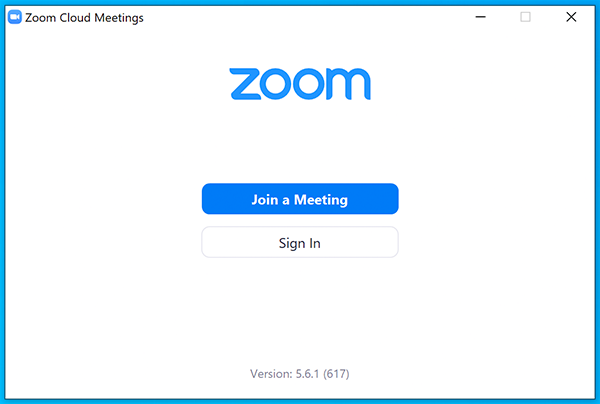
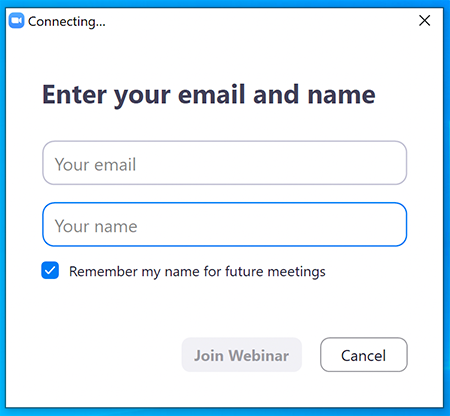
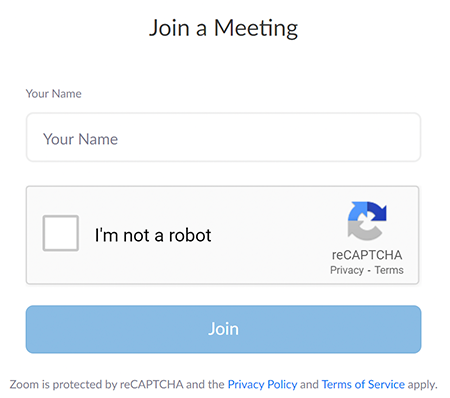
Moving Through Slides
Feedback & Links to Additional Resources
iCalendar File
Rehabilitation Act Notice for Reasonable Accommodation
Rehabilitation Act Notice for Reasonable Accommodation
It is EPA's policy to make reasonable accommodation to persons with disabilities wishing to participate in the agency's programs and activities, pursuant to the Rehabilitation Act of 1973, 29 U.S.C. 791. Any request for accommodation should be made to Cindy Frickle at 202-566-0927 or frickle.cynthia@epa.gov, preferably one week or more in advance of the webinar, so that EPA will have sufficient time to process the request. EPA would welcome specific recommendations from requestors specifying the nature or type of accommodation needed. EPA welcomes specific recommendations from requestors specifying the nature or type of accommodation needed. Please note that CLU-IN provides both alternate phone call-in options and closed captioning for all webinars, and requests for these specific accommodations are not necessary.
Webinar Recording
By participating in this CLU-IN webinar, you automatically agree to authorize recording of audio and visual content presented during this live event and consent to subsequent use of this recording in the public domain by the U.S. Environmental Protection Agency. This recording may include questions, comments and poll responses provided by you during the live event in addition to your name, voice, image or likeness. This recording will be made available after the conclusion of the live event as part of the CLU-IN webinar archives, and will remain available indefinitely. If you do not wish to consent to the recording, please do not join the live event, and contact Jean Balent at 202-566-0832 or balent.jean@epa.gov to discuss your concerns.
Content Disclaimer
This webinar is intended solely to provide information to the public. The views and opinions expressed as part of this webinar do not necessarily state or reflect those of the U.S. Environmental Protection Agency. It is not intended, nor can it be relied upon, to create any rights enforceable by any party in litigation with the United States, or to endorse the use of products or services provided by specific vendors. With respect to this webinar, neither the United States Government nor any of their employees, makes any warranty, express or implied, including the warranties of merchantability and fitness for a particular purpose, or assumes any legal liability or responsibility for the accuracy, completeness, or usefulness of any information, apparatus, product, or process disclosed, or represents that its use would not infringe privately owned rights.

